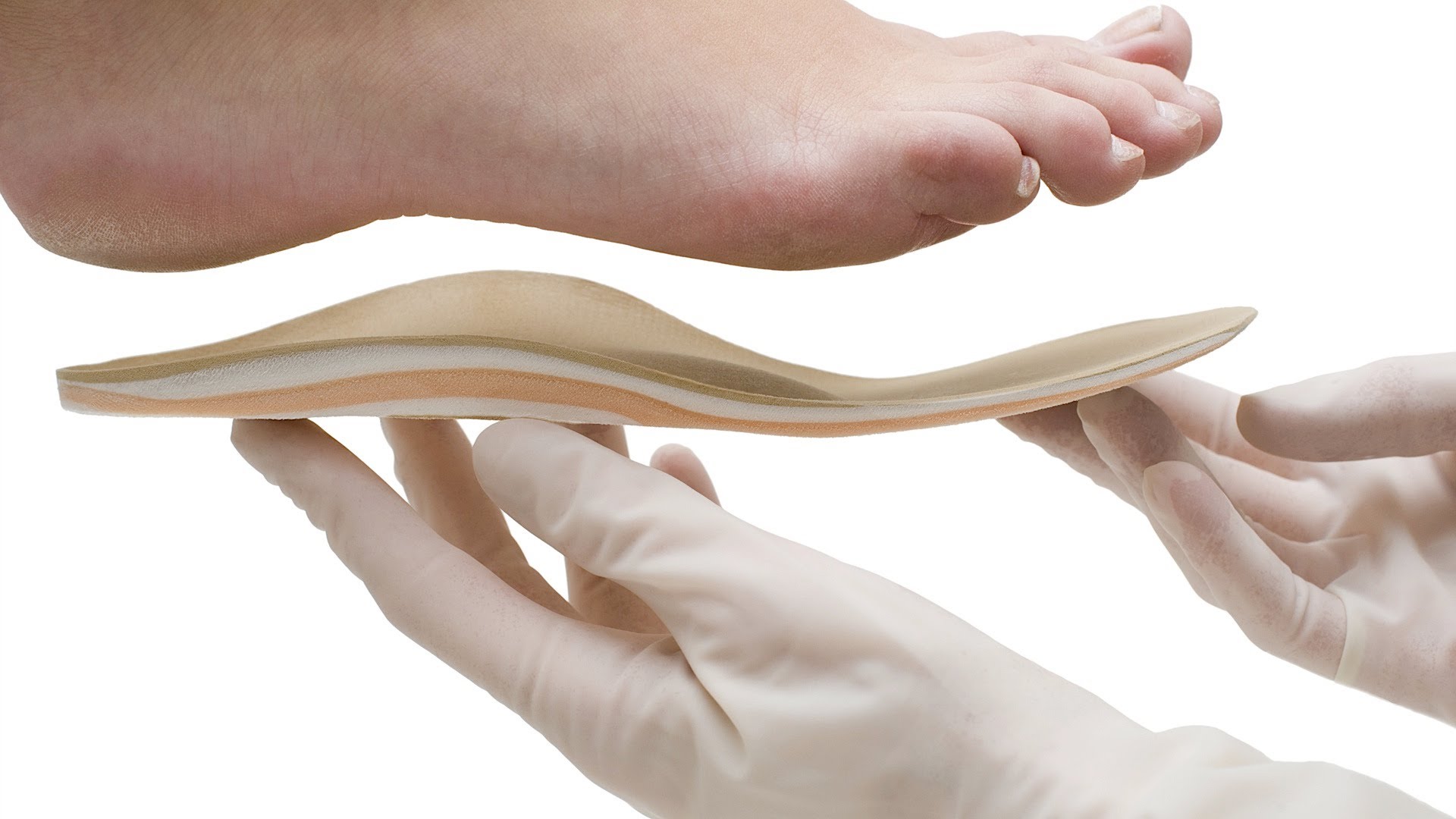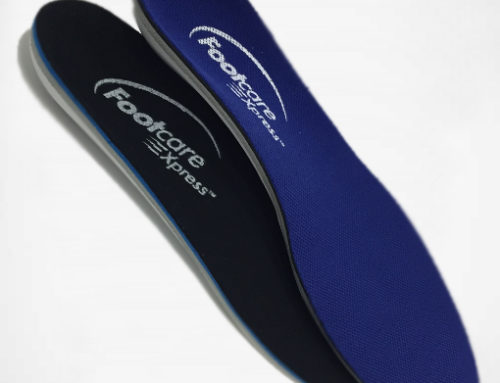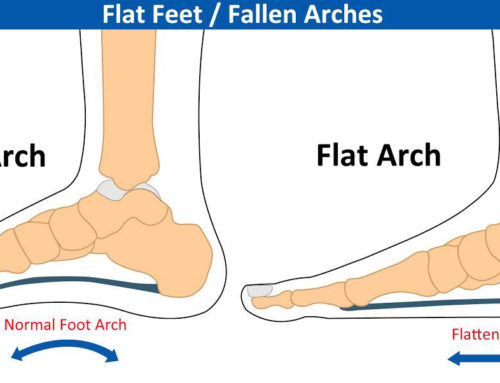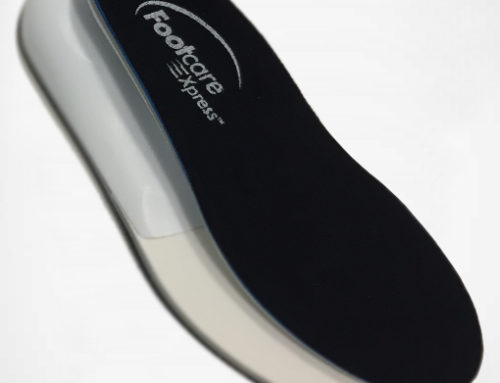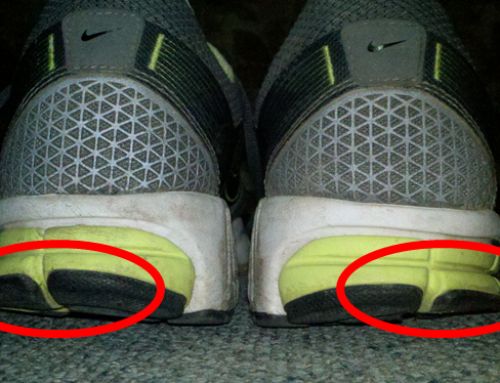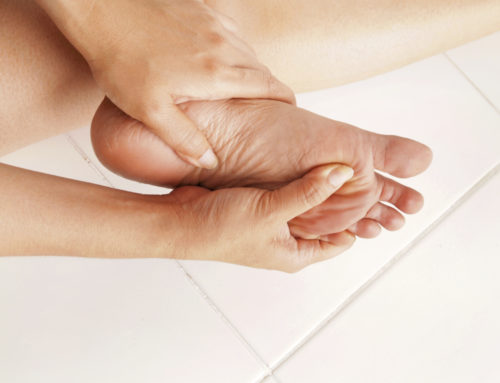I often hear people tell me that they have the “flattest feet” or their feet are “flat as a board”. In truth, the only people that truly have normal “flatfeet” are infants.
Flatfoot may be defined as an absence of the arch upon standing or walking. It is often associated with excessive inward “rolling” of the foot known as pronation. It is well accepted that children under the age of 7-10 years normally do not possess a significant arch or one that resembles the average adult foot. James Losito, D.P.M., Professor of Biomechanics at Barry University and a team physician for the Miami Heat, University of Miami and Barry University Intercollegiate Athletic Programs and Medical Director for Pro-Tech Sports Medicine, has had lots of experience with care of common pediatric pathologies. ” It is for this reason, that pain and function be emphasized rather than the cosmetic appearance of the foot when determining if a child’s foot is abnormally flat,” says Dr. Losito.
Dr. Losito states that a history of fatigue, cramping, pain, excessive shoewear or “sloppy” gait are the most reliable indicators that an abnormality is present. Several different causes of flatfoot exist including, ligamentous laxity, tightness of the Achilles tendon (equinus), muscular weakness or spasticity, and pigeon-toed gait. In the adult, excessive pronation (flattening of the arch) may produce many problems including tendinitis, fascitis, shin splints and stress fractures. Therefore, treatment of a symptomatic pediatric flatfoot should not be ignored. In some cases, treatment such as muscular strengthening or stretching is the key to improving the flatfoot condition. However, in many instances a functional orthotic device may be used in conjunction with exercises or used alone.
For example, children who walk pigeon-toed (intoed) or slew-foot (out-toed) suffer from severe pronation (flattening of the arch) as compensation during gait. A functional foot orthosis helps prevent the excessive pronation, which can lead to a structural flatfoot. In those children who trip, stumble or are clumsy, the orthotic can be fabricated to reduce the degree and severity of the abnormal gait pattern.
Children who suffer from equinus, defined as a tight Achilles tendon almost always suffer from excessive pronation and a flatfoot. This requires rigorous stretching exercises or surgery to eliminate the abnormal force creating the flatfoot. Functional foot orthosis are useful in eliminating any residual pronation and supporting the foot if any permanent structural changes have occurred.
Shoes and functional foot orthosis are not necessary for normal development of the child’s foot. However, when the aforementioned symptoms are present, functional foot orthotic devices are a proven and successful option that families can benefit from to help correct and prevent future problems.

